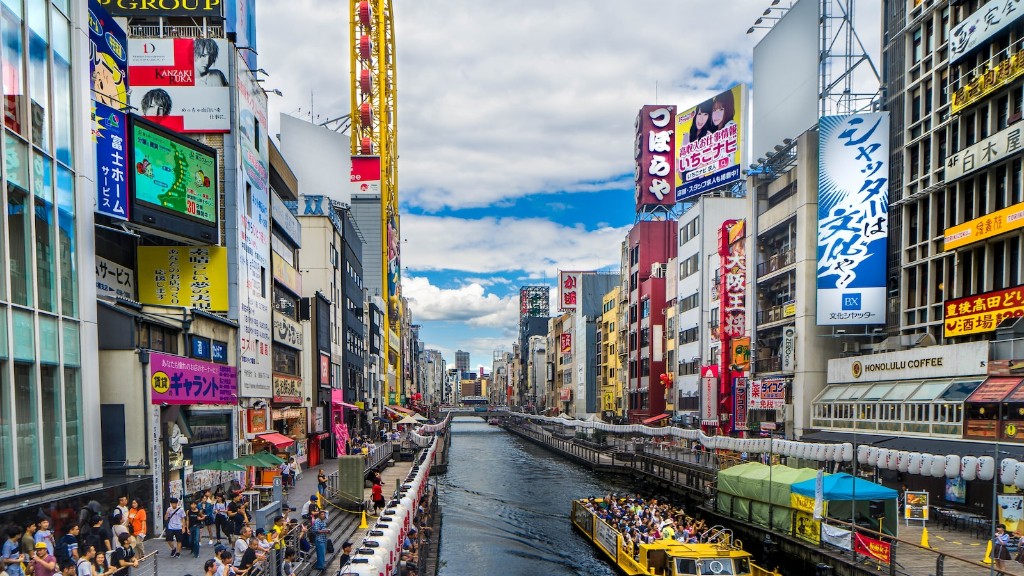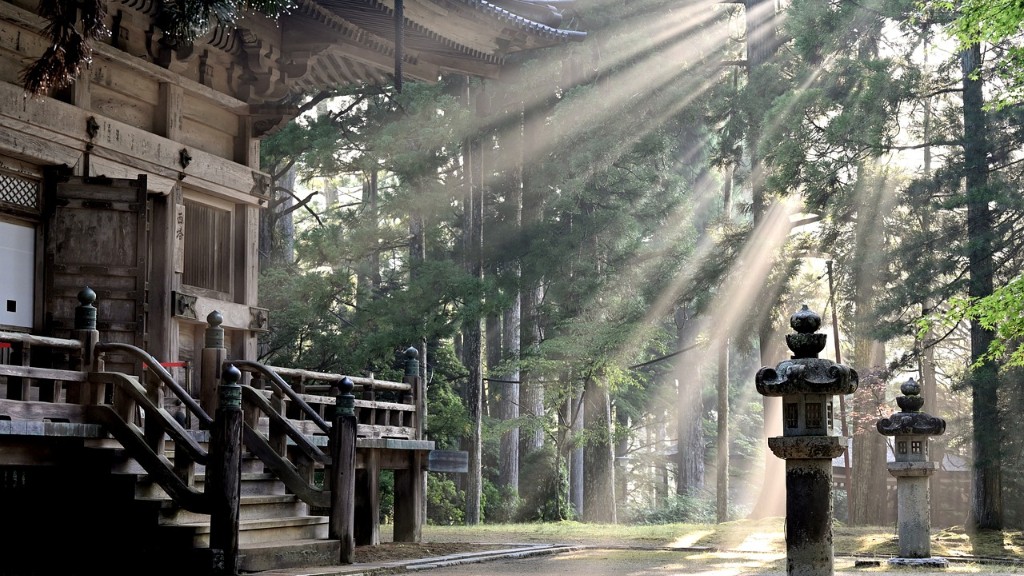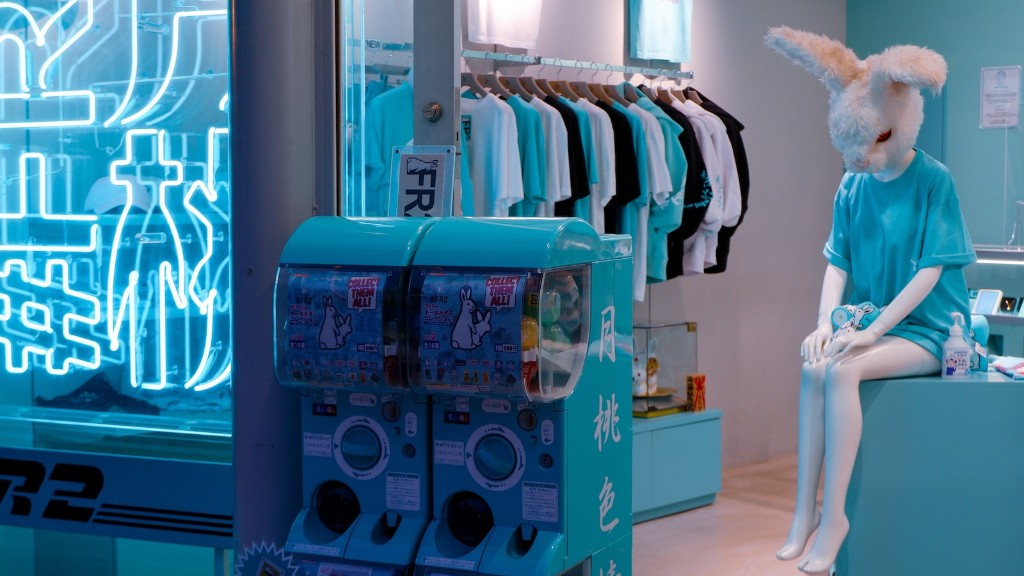In Japan, the sport of sumo wrestling is both a beloved national pastime and a display of incredible skill and strength. Sumo has been practised since the Edo period, and over the years it has become an important part of the culture of Japan. Today, sumo remains an important part of Japanese life, and traveling to Japan provides travelers with a unique opportunity to observe the sport in its native environment.
Sumo originated in the 12th century, when two types of wrestling matches were held: one to entertain the gods, and another to informally decide disputes between villages. By the 16th century, sumo had grown in popularity, and during the Edo period (1603–1867), many sumo tournaments were staged in the city of Osaka. Since then, sumo has grown in popularity and is now a major part of Japan’s sporting culture.
The most popular way for tourists to experience sumo is via day trips to the many sumo stables located throughout Japan. Stables are home to sumo wrestlers, and visitors can observe daily sumo training, including sumo exercises and traditional Japanese sumo cuisine. Sumo stables are often small and somewhat untraditional, but they offer visitors a unique insight into the world of sumo.
In addition, there are several sumo tournaments held throughout the year in Japan. The most prestigious of these is the annual Grand Sumo Tournament, which is held three times a year at the Ryogoku Kokugikan in Tokyo. This tournament features the highest level of sumo wrestling and is considered to be the pinnacle of the sport.
Part of the appeal of sumo lies in its unique form of physical combat. Unlike other forms of wrestling, sumo matches are typically short in duration. A match typically lasts no longer than a few seconds, as the aim is to quickly subdue the opponent. Additionally, sumo bouts are fought in “dojos” or “gyms” on a circular ring surrounded by a person dressed in a ceremonial costume. The ring is made up of two concentric circles called the dohyo, which is covered with salt for ritualistic and hygienic reasons.
For those interested in taking sumo travel pictures, there are several sumo events held throughout the year. These are great opportunities to take photos of the traditional costumes, intricate rituals, and colorful atmosphere of a sumo match. These travel photos can be a valuable source for documenting and sharing the history and culture of Japan.
All-in-all, sumo wrestling is a unique tradition that is sure to leave a lasting impression for anyone visiting Japan. Whether through visits to sumo stables or attending grand tournaments, experiencing sumo wrestling firsthand is sure to be an unforgettable experience. With its incredible feats of strength, and unique pageantry, sumo is sure to captivate any traveler.
Rituals
Sumo bouts are accompanied by a series of traditional rituals rooted in the culture and history of Japan. Before each match, the wrestlers must perform the “dohyo-iri” or ring-entering ritual. This ritual includes clapping and stamping the feet to evoke the attention of the gods, and to demonstrate the strength and force of the wrestler.
In addition, the wrestlers perform a ritual cleaning of their legs to purify the dohyo and to show respect to their opponent. This ritual includes a thorough wiping of the area between the knees and the ankles of the wrestler, using a cloth or towel. After the ritual cleaning is complete, the wrestlers perform a traditional sumo “halt” to pay homage to their gods. These rituals are necessary components of the sumo match.
Finally, after a match is over, the winner is presented with a sacred fan known as the Shide. This fan is a sign of the gods’ favor and a token of respect from the other wrestlers. The fan is typically presented in front of the shrine inside the dohyo and is held by the winner’s opponent.
Rituals are important aspects of sumo, providing an insight into the culture and history of Japan. They also provide a unique opportunity for travelers to take photos to capture the moment, presenting a special glimpse into the art of sumo.
Etiquette Rules
Sumo wrestling is a professional sport, and as such, there are a number of etiquette rules that should be followed. All spectators should refrain from speaking during a match, and should remain seated until the match is over. Additionally, spectators should not applaud during a match, as this is considered to be disrespectful.
In addition, no photos or videos may be taken during a match, and any professional photographers must obtain permission from the sumo association before taking any photos. Finally, spectators must not bring any food, beverages, or other items into the arena.
These etiquette rules are designed to keep the match respectful and to maintain order in the arena. Respect for the sport of sumo and its athletes is a crucial part of the experience of watching a match, and travelers should respect the rules in order to enjoy the match in its native environment.
Japanese Cuisine
A major part of sumo culture is the diet of the wrestlers. Sumo wrestlers usually eat very large meals that consist of vegetables, fish, and other protein sources. This diet is designed to provide wrestlers with the energy and nutrients they need to perform at a high level. Many of these foods have a long history in Japanese cuisine and are deeply rooted in tradition. For example, chanko-nabe (a traditional Japanese stew) is often served at sumo stables, and many of the recipes have been passed down through generations of wrestlers.
These unique and traditional flavors of Japanese cuisine are an important part of the sumo culture. So, for travelers looking to get a true taste of Japan, visiting a sumo stable and sampling the traditional cuisine can be an unforgettable experience.
Photography Tips
Taking pictures at sumo events is a great way to capture and share the unique culture and spectacle of sumo. However, it’s important to keep in mind some basic photography tips before taking pictures at a sumo event.
First of all, it’s important to be aware of the etiquette rules mentioned above. Any photos taken during a match must be done with the permission of the sumo association. Additionally, it’s important to be aware of the lighting in the venue. Sumo events are usually unlighted, so it’s important to use a camera with a high ISO setting to capture the action. Finally, it’s important to use a zoom lens to capture the action in the ring, as the wrestlers are typically far away.
By following these tips, visitors will be able to capture photos that represent the beauty and energy of a sumo event. With these photos, they will be able to share their experiences with their friends and family, and to serve as a lasting reminder of their time in Japan.




